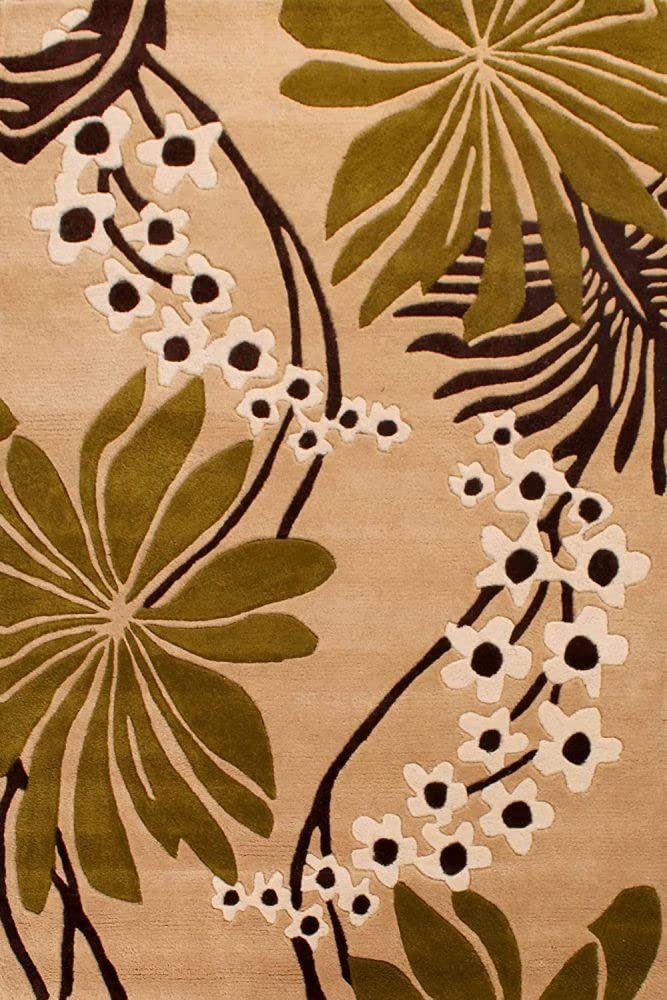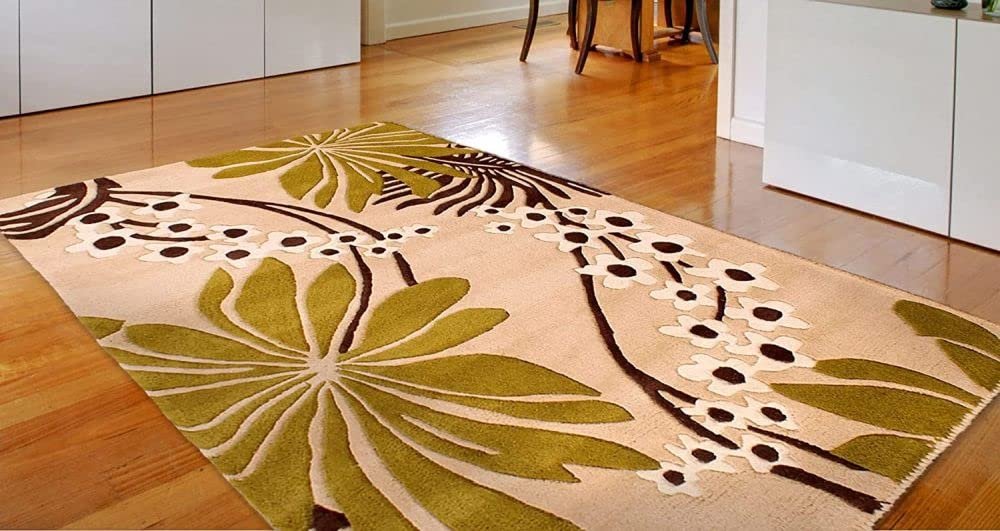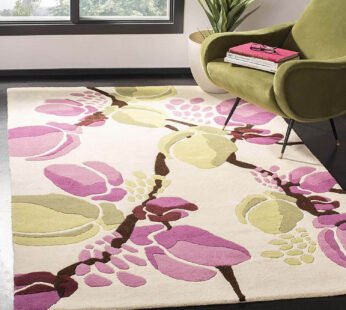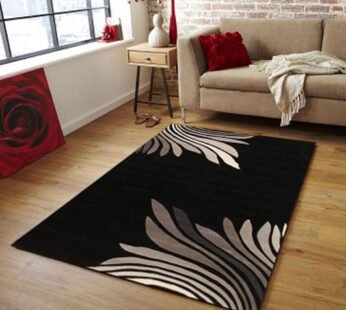Description
The Art and Craft of Indian Tufted Carpets
Indian tufted carpets represent a rich tapestry of history, tradition, and meticulous craftsmanship. The heritage of carpet weaving in India dates back centuries, with artisans passing down their skills and techniques through generations. These craftsmen employ traditional methods that have been perfected over time to create carpets that are not only functional but also works of art.
The process of creating an Indian tufted carpet begins with the selection of high-quality materials. Wool, silk, and cotton are commonly used, each offering a unique texture and durability. The wool is often sourced from local sheep, providing a soft and resilient foundation for the intricate patterns to come. Silk, on the other hand, adds a touch of luxury and sheen, making the carpets highly prized.
Once the materials are prepared, the actual tufting process begins. Artisans use a tufting gun or needle to insert loops of yarn into a fabric backing, following a pre-determined design. This method allows for greater flexibility in creating detailed and complex patterns, including the beloved flower motifs that adorn many Indian tufted carpets.
The design process is deeply rooted in Indian culture and tradition. Flower patterns, in particular, hold significant meaning. Common motifs include the lotus, symbolizing purity and enlightenment; the marigold, associated with auspiciousness and festivity; and the jasmine, which represents love and beauty. Each pattern is carefully conceptualized, often drawing inspiration from nature, mythology, and local customs.
Different regions in India are renowned for their unique styles of tufted carpets. For instance, the state of Rajasthan is famous for its vibrant and elaborate designs, while Kashmir is known for its delicate and intricate patterns. Each region contributes its own flavor to the art of carpet making, ensuring a diverse and rich array of styles and patterns.
In essence, Indian tufted carpets are a celebration of artistic expression and cultural heritage. The intricate flower patterns not only serve as decorative elements but also tell stories and convey meanings that resonate deeply with Indian traditions.











Reviews
There are no reviews yet.